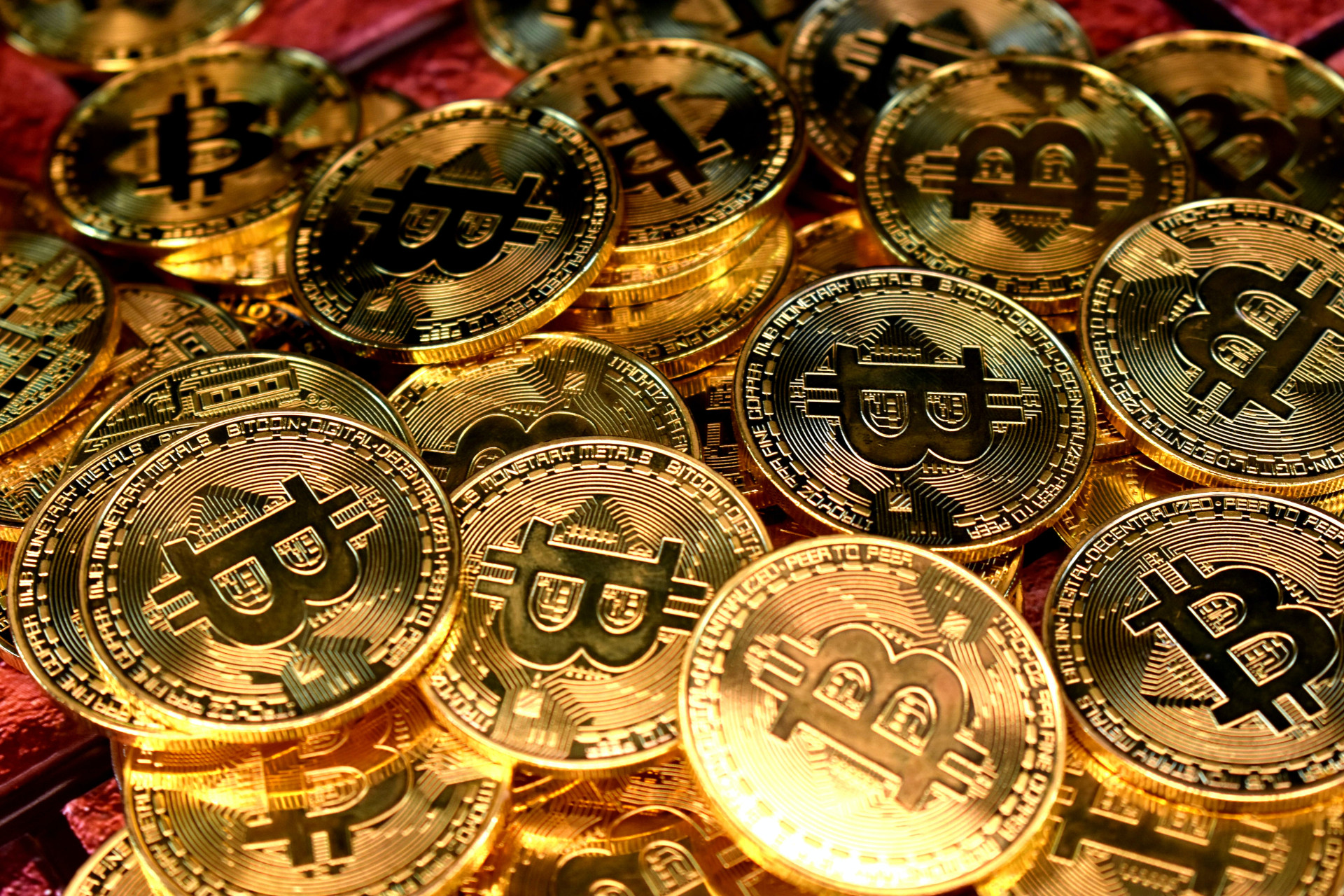Hyperbitcoinization is defined as the point in time when Bitcoin becomes the dominant form of money in the world. As Bitcoin becomes the world’s default value system, it is called Hyperbitcoinization. Hyperbitcoinization is a theoretical state in which Bitcoin has replaced legacy currencies, becoming dominant, if not sole, means for exchanging value.
Hyperbitcoinization is a term coined in 2014 to describe a shift from lower-quality currencies to higher-quality currencies such as Bitcoin. Hyperbitcoinization is the voluntary movement from inferior currencies to superior ones, with the adoption of Bitcoin being the result of a series of individual acts of entrepreneurship, not one single monopolist gaming the system. Hyperbitcoinization is an idea in which there is a tipping point where a fiat economy becomes unsustainable, and individuals reject inferior currencies and switch to Bitcoin.
The term can be used to describe the tipping point at which people consider fiat currencies to be unsustainable, and they abandon them and convert to Bitcoin. Some have also seen the term refer to a process in which Bitcoin is adopted as the primary currency of the world. In simple terms, hyperbitcoinization refers to a world in which the digital asset is routinely used as transactional money, held by individuals and businesses in a similar way to fiat currencies.
This paper will explore how Bitcoin could be the first global common currency, partly due to the volitional public dynamics, but also due to the intrinsically sensible monetary policies.
Hyperbitcoinization may happen if a monetary crisis is caused by the policies of a central bank, or if individuals will increasingly adopt Bitcoin Wallet as a payment system. Hyperbitcoinization will result in massive increases in Bitcoin ownership, with governments increasing their exposure, central banks adopting BTC, public investment authorities creating BTC-friendly investment options such as spot ETFs, and businesses making payments and trading in BTC. Those seeking financial freedom (the vast majority of users) would move towards decentralized currencies such as Bitcoin, thus speeding up the rate of hyperbitcoinization.
We are likely to see a surge of services offering fiat-to-BTC exchanges, a sector which will only grow larger as hyperbitcoinization becomes more pronounced. When Bitcoin becomes the preferred currency of the world, BTC will no longer be priced at an equivalent value in fiat money (1 BTC will be worth 1 BTC), and BTC will no longer regularly be traded (or sold) for any other currency. In a Hyperbitcoinization event, people switch from a fundamentally inferior currency to an excellent currency, while in a Hyperinflationary event, people only switch to the new currency when the old currency becomes worse than the next best alternative, like gold or laundry detergent.
Based on conversations the evangelical has had with policymakers, Mow says that hyperbitcoinization — or the point at which Bitcoin becomes the world’s dominant monetary system — is just a few years away. Now, Mow is the CEO of Bitcoin tech start-up Jan3 (the Bitcoin blockchain launched January 3, 2009), and has made it his mission to educate other governments about Bitcoin. This post is about the potential for Bitcoin-induced demonetization or ultra-bituminization, and what will happen to any non-viable currency in Bitcoins path of complete global dominance. Any non-viable currency in Bitcoins path of complete global dominance.

